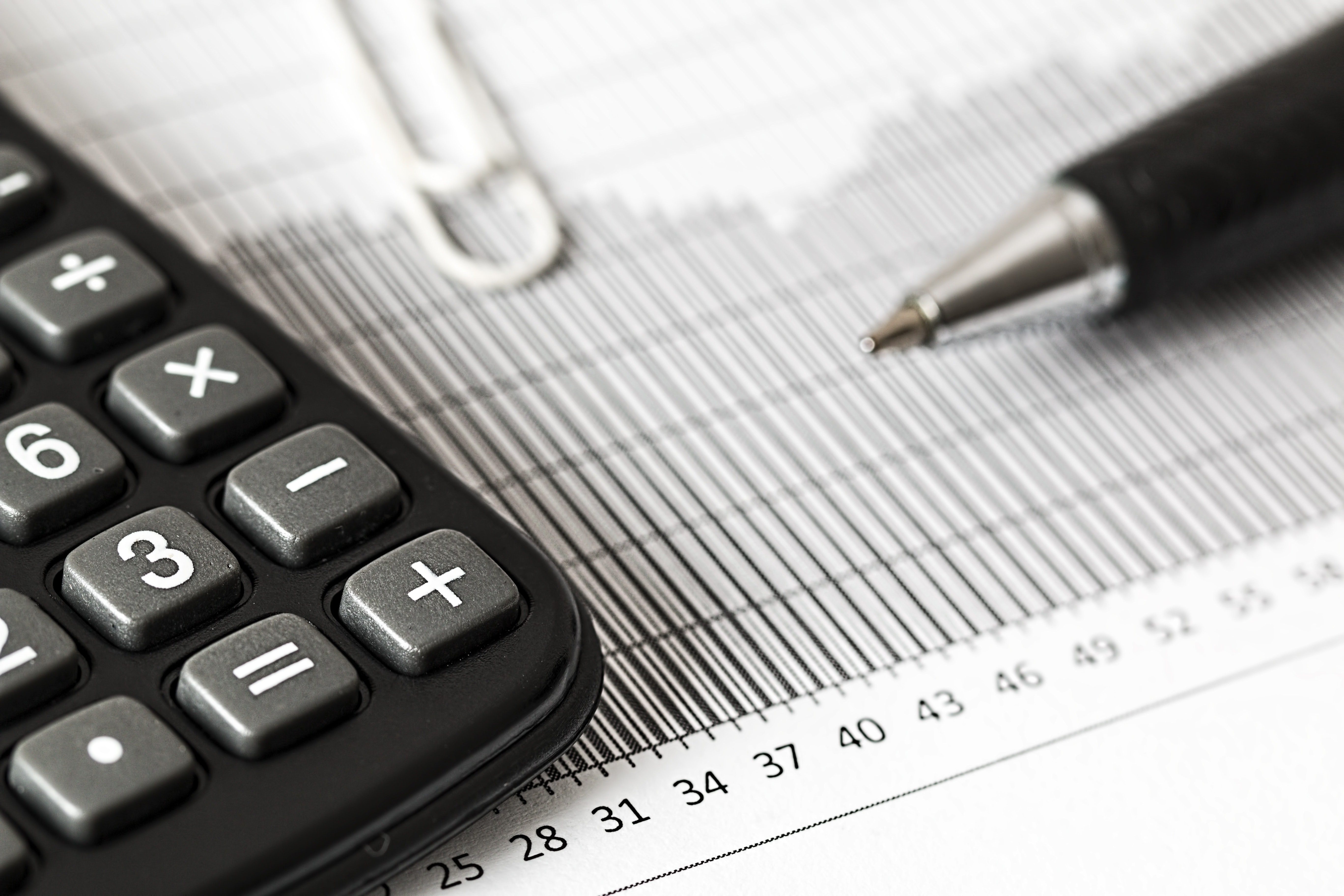As any business starts to grow, it is important to measure aspects of the business to ensure growth and profitability. One tool you can use to do this is calculating the gross profit margin and this should be done regularly. Gross profit margin is also referred to as gross profit or gross margin which measures your revenue against your cost of goods sold.
Gross profit margin measures the overall financial health and efficiency of your business and determines the profit left over when production costs have been subtracted. The money that is left over is used to pay general expenses such as salaries, marketing, and research and development.
Calculating Gross Profit Margin
To calculate your gross profit margin, calculate your total revenue and cost of goods sold for that accounting period. A high gross profit margin indicates that your business is financially stable and able to produce the products and services efficiently and effectively. A good gross profit margin is over 20% and the average is around 10%.
A low or negative gross profit margin means that there are lots of issues in your business such as faulty operations, inflated production costs, or low pricing that is preventing your business from making profit on the products or services you are selling.
The easiest way to calculate gross profit margin is by using an accounting software. It does not calculate it for you, but it does contain all the information you need to obtain to calculate the gross profit margin for your business.
How to Improve Your Gross Profit Ratio
If you optimize your margins it can help you achieve your goals and increase your profits. There are some steps you can take to improve your gross profit ratio such as:
- Lowering the cost of goods your purchase for your physical products. You can either try to get a bulk discount deal with the supplier you use, or you can simply seek a different supplier. If possible, try to use less expensive materials or a more efficient production process.
- Try to raise your prices and keep track of how it affects your sales and revenue. Although this approach can be risky, it can help you improve your overall gross profit ratio.
- If you have a service-based industry, use automation or outsourcing to increase your efficiency and cut costs to improve your profit margins.
Variations to Gross Profit Margin Formula
The most common variation to finding gross profit is the cost of goods sold. COGS include variable costs such as materials, packaging, shipping, utilities, production machinery and depreciation. It does not include fixed expenses; these do not vary with the number of sales you make. Fixed expenses include rent, payroll, insurance, taxes, office expenses, and more.
Margin vs. Markup
Margin is the difference between sales and COGS and markup is the cost of the product that is increased to arrive at the sales price. Often times people get these two confused which can result in an imbalance on your financial statement.
Conclusion
Having a good understand of what your gross profit margin is will contribute to your company’s growth. No matter if you are a product-based business or service based, the metric is a great tool that helps you analyze the performance and ROI of your business.











